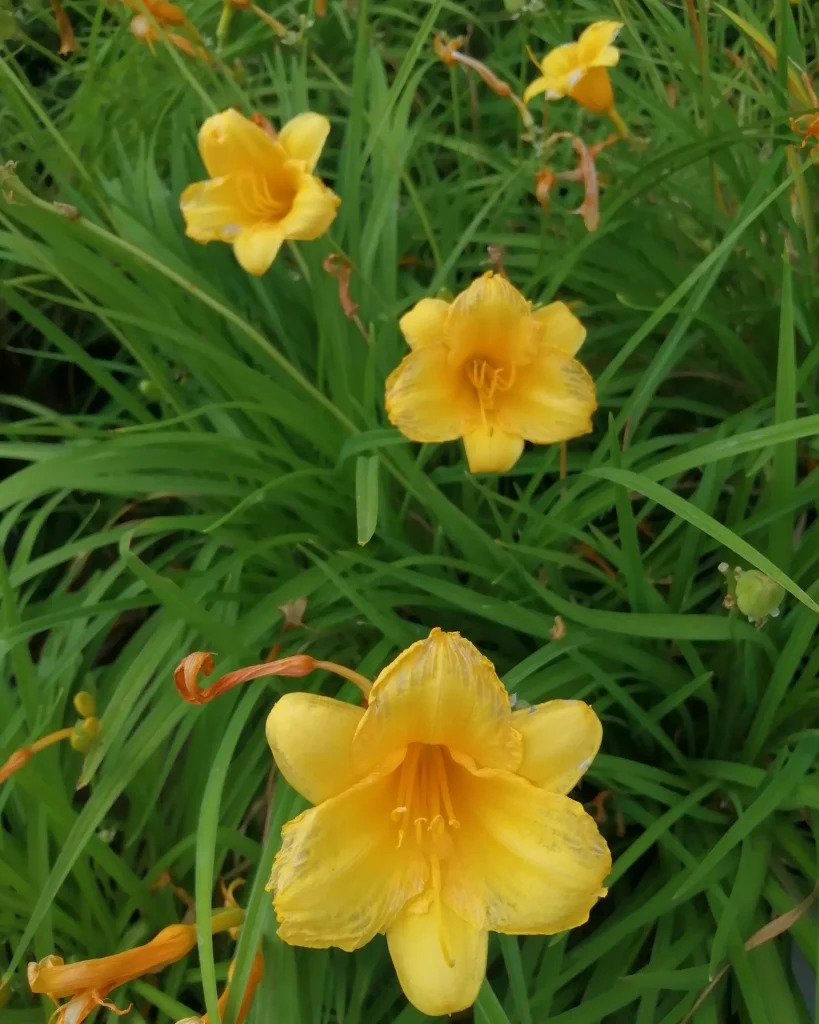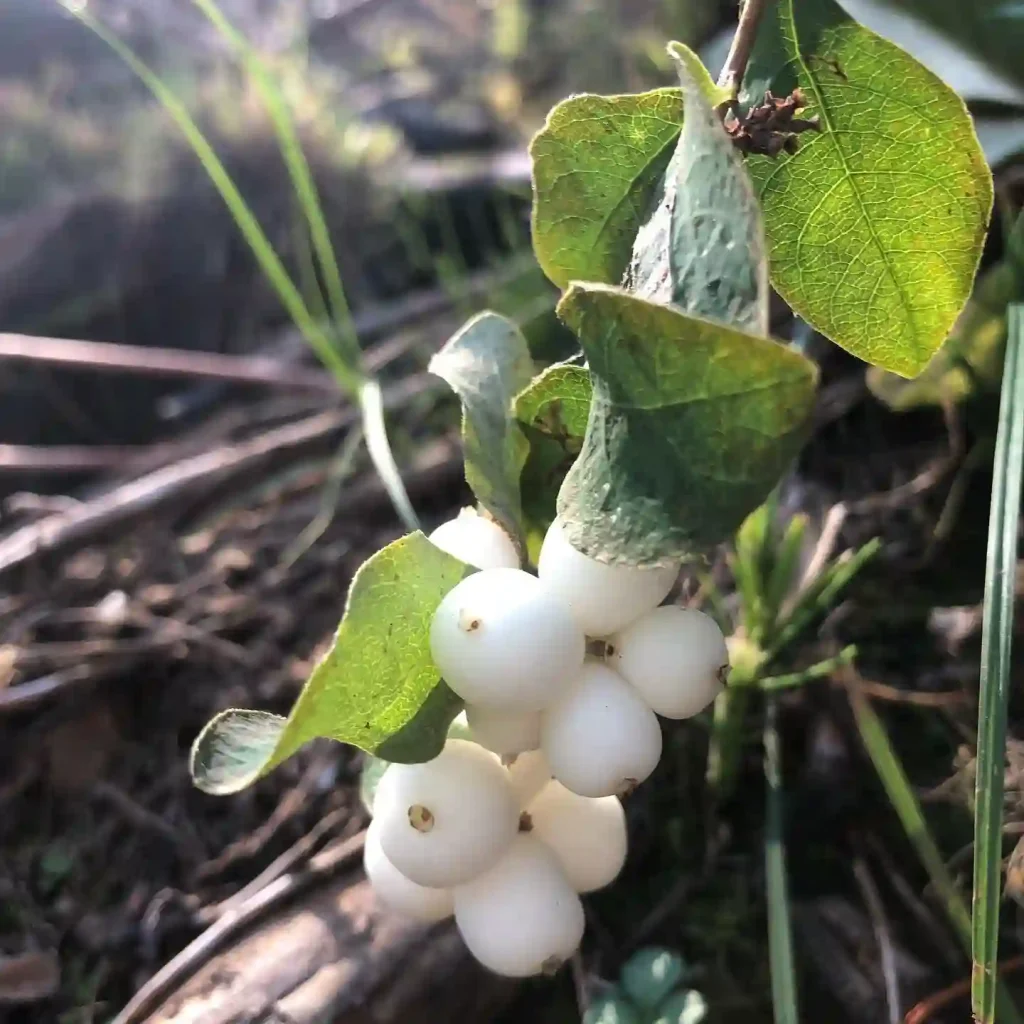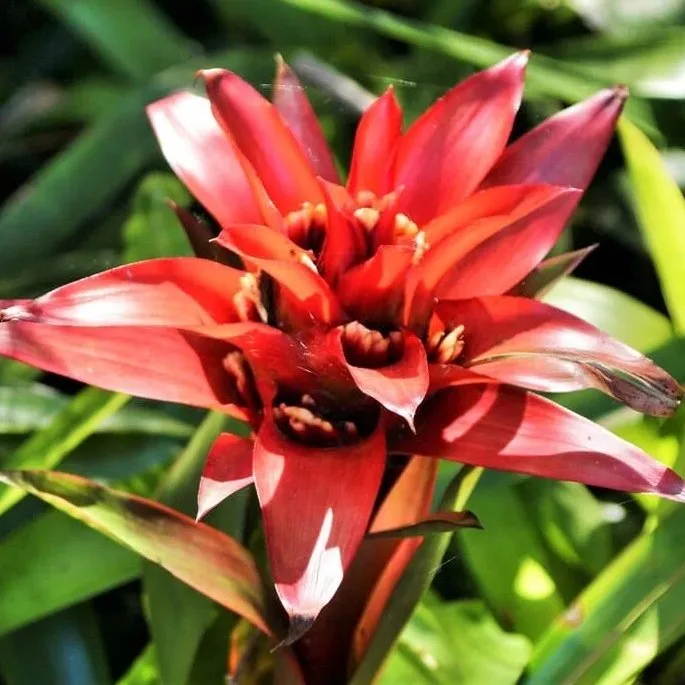Athanasia: A Plant Genus That Never Says Die
I’ve always been drawn to the unique and enduring. Maybe that’s why I find myself so fascinated by the Athanasia genus. These flowering plants, native to the southern reaches of Africa, are members of the Asteraceae family, putting them in the good company of daisies and sunflowers. But unlike their more flamboyant relatives, Athanasia plants possess a subtle beauty and an intriguing name that speaks to their resilience.
The name Athanasia originates from the Greek words “a” (without) and “thanatos” (death). This “immortality” is a nod to the plant’s long-lasting involucral bracts – the small, leaf-like structures that surround the flower head. These bracts remain on the plant long after flowering, giving the impression of an everlasting bloom. It’s this characteristic that initially caught my eye, and the more I learn about Athanasia, the more captivated I become.
Diverse Species within the Genus
Athanasia boasts a diverse range of species, each with its own unique characteristics and adaptations. Here are:
- Athanasia crithmifolia: Commonly known as “kooigoed”, this species is recognized by its feathery foliage and yellow flower heads. It thrives in coastal regions and is often used in traditional medicine.
- Athanasia dentata: With its toothed leaves and bright yellow flowers, this species is a popular garden plant. It’s known for its hardiness and ability to attract pollinators.
- Athanasia trifurcata: Also known as the “coulter bush”, this species features fine, needle-like leaves and small, yellow flower heads. It’s highly aromatic and adapted to arid environments.
- Athanasia adenantha (Harv.) Källersjö
- Athanasia alba Källersjö
- Athanasia argentea R.F.Powell & Magee
- Athanasia bremeri Källersjö
- Athanasia calophylla Källersjö
- Athanasia capitata (L.) L.
- Athanasia cochlearifolia Källersjö
- Athanasia crenata (L.) L.
- Athanasia cuneifolia Lam.
- Athanasia elsiae Källersjö
- Athanasia filiformis L.f.
- Athanasia flexuosa Thunb.
- Athanasia grandiceps Hilliard & B.L.Burtt
- Athanasia gyrosa R.F.Powell & Magee
- Athanasia hirsuta Thunb.
- Athanasia humilis Källersjö
- Athanasia imbricata Harv.
- Athanasia inopinata (Hutch.) Källersjö
- Athanasia juncea D.Dietr.
- Athanasia leptocephala Källersjö
- Athanasia linifolia Burm.f.
- Athanasia microcephala D.Dietr.
- Athanasia microphylla DC.
- Athanasia minuta (L.f.) Källersjö
- Athanasia oocephala (DC.) Källersjö
- Athanasia pachycephala DC.
- Athanasia pectinata L.f.
- Athanasia pinnata L.f.
- Athanasia pubescens (L.) L.
- Athanasia quinquedentata Thunb.
- Athanasia rugulosa E.Mey. ex DC.
- Athanasia scabra Thunb.
- Athanasia sertulifera DC.
- Athanasia spathulata D.Dietr.
- Athanasia tomentosa Thunb.
- Athanasia vestita Druce
- Athanasia virgata Jacq.
- Athanasia viridis Källersjö
Adaptations and Ecological Significance
Athanasia plants are true survivors. They’ve evolved to thrive in the challenging conditions of southern Africa, from the arid Karoo to the fynbos with its nutrient-poor soils. Their adaptations include:
- Drought tolerance: Many Athanasia species have developed mechanisms to conserve water, such as small, hairy leaves and deep root systems.
- Fire resistance: In fire-prone regions, some species have evolved thick bark or the ability to resprout quickly after a fire.
- Chemical defenses: Several species produce aromatic oils that deter herbivores and protect against disease.
These adaptations not only ensure the survival of Athanasia plants but also contribute to the overall health of their ecosystems. They provide food and shelter for a variety of insects and birds, and their roots help to stabilize the soil, preventing erosion.
My Personal Connection
I’ve always felt a connection to the natural world, and Athanasia plants hold a special place in my heart. Their resilience and adaptability inspire me, and their subtle beauty reminds me that there’s often more than meets the eye. I’ve even started growing a few Athanasia species in my own garden, enjoying the process of learning about their unique needs and observing their growth.
In a world that often seems chaotic and unpredictable, there’s something reassuring about the steadfastness of Athanasia. These plants are a testament to the enduring power of nature, and a reminder that even in the face of adversity, life finds a way to persist.
If i die, water my plants!



